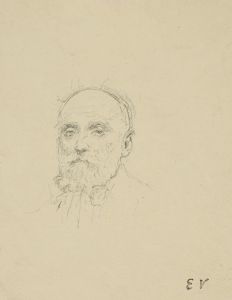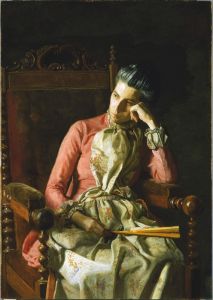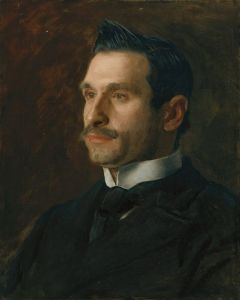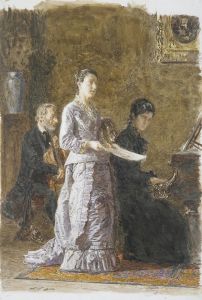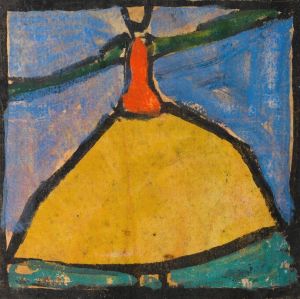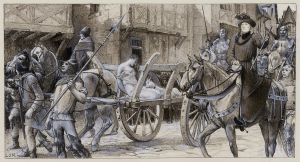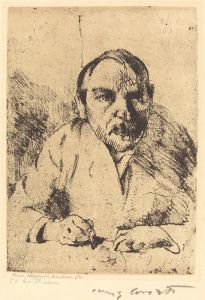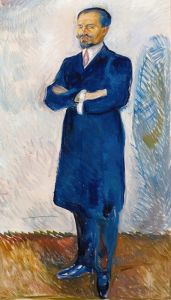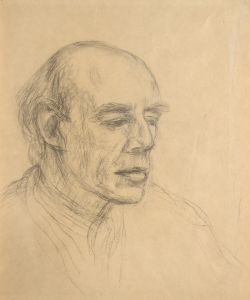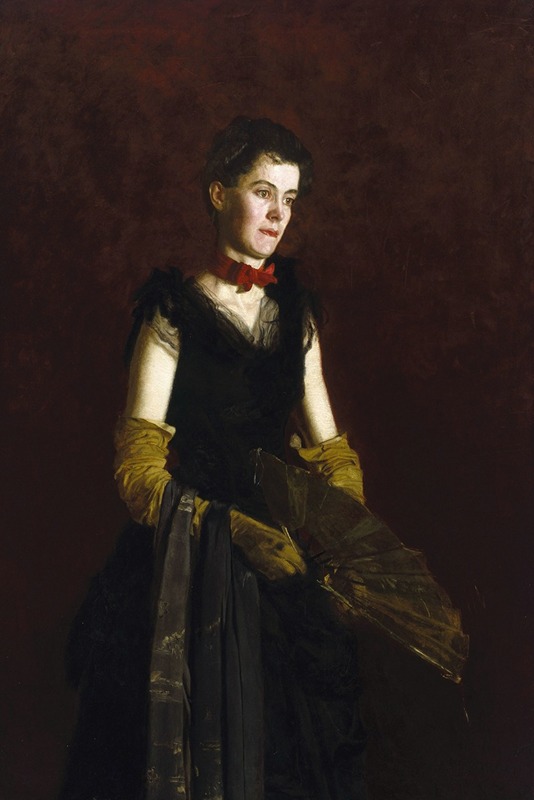
Letitia Wilson Jordan
A hand-painted replica of Thomas Eakins’s masterpiece Letitia Wilson Jordan, meticulously crafted by professional artists to capture the true essence of the original. Each piece is created with museum-quality canvas and rare mineral pigments, carefully painted by experienced artists with delicate brushstrokes and rich, layered colors to perfectly recreate the texture of the original artwork. Unlike machine-printed reproductions, this hand-painted version brings the painting to life, infused with the artist’s emotions and skill in every stroke. Whether for personal collection or home decoration, it instantly elevates the artistic atmosphere of any space.
"Letitia Wilson Jordan" is a portrait painting by the American artist Thomas Eakins, created in 1888. Thomas Eakins (1844-1916) is renowned for his realistic portrayal of the human figure and his contributions to American art in the late 19th and early 20th centuries. Eakins was a master of both painting and photography, and his works often reflect a deep commitment to anatomical accuracy and a profound understanding of his subjects.
The subject of the painting, Letitia Wilson Jordan, was a Philadelphia socialite and a friend of Eakins. The portrait is a testament to Eakins' skill in capturing the essence of his sitters, portraying them with a sense of dignity and realism. In this painting, Letitia Wilson Jordan is depicted seated, with a calm and composed demeanor. Her attire and the setting suggest a sense of refinement and elegance, characteristic of the upper-class society of the time.
Eakins' technique in this portrait is meticulous, with careful attention to detail and texture. The brushwork is precise, and the use of light and shadow enhances the three-dimensionality of the figure. The background is kept relatively simple, ensuring that the focus remains on the sitter. Eakins' ability to convey the personality and presence of Letitia Wilson Jordan is evident in the lifelike quality of the portrait.
Throughout his career, Eakins faced both acclaim and controversy. His dedication to realism and his use of nude models in his art classes at the Pennsylvania Academy of the Fine Arts led to conflicts with the conservative norms of the time. Despite these challenges, Eakins' work has had a lasting impact on American art, and he is considered one of the most important artists of his era.
The portrait of Letitia Wilson Jordan is part of the collection at the Philadelphia Museum of Art, which houses many of Eakins' works. The museum's collection provides insight into Eakins' artistic development and his contributions to the field of portraiture. This painting, like many of Eakins' portraits, offers a glimpse into the social and cultural milieu of 19th-century Philadelphia, as well as the artist's commitment to capturing the human spirit with honesty and precision.
In summary, "Letitia Wilson Jordan" by Thomas Eakins is a significant work that exemplifies the artist's mastery of portraiture and his dedication to realism. The painting not only reflects the character of the sitter but also highlights Eakins' skill in rendering the human form with accuracy and sensitivity.





